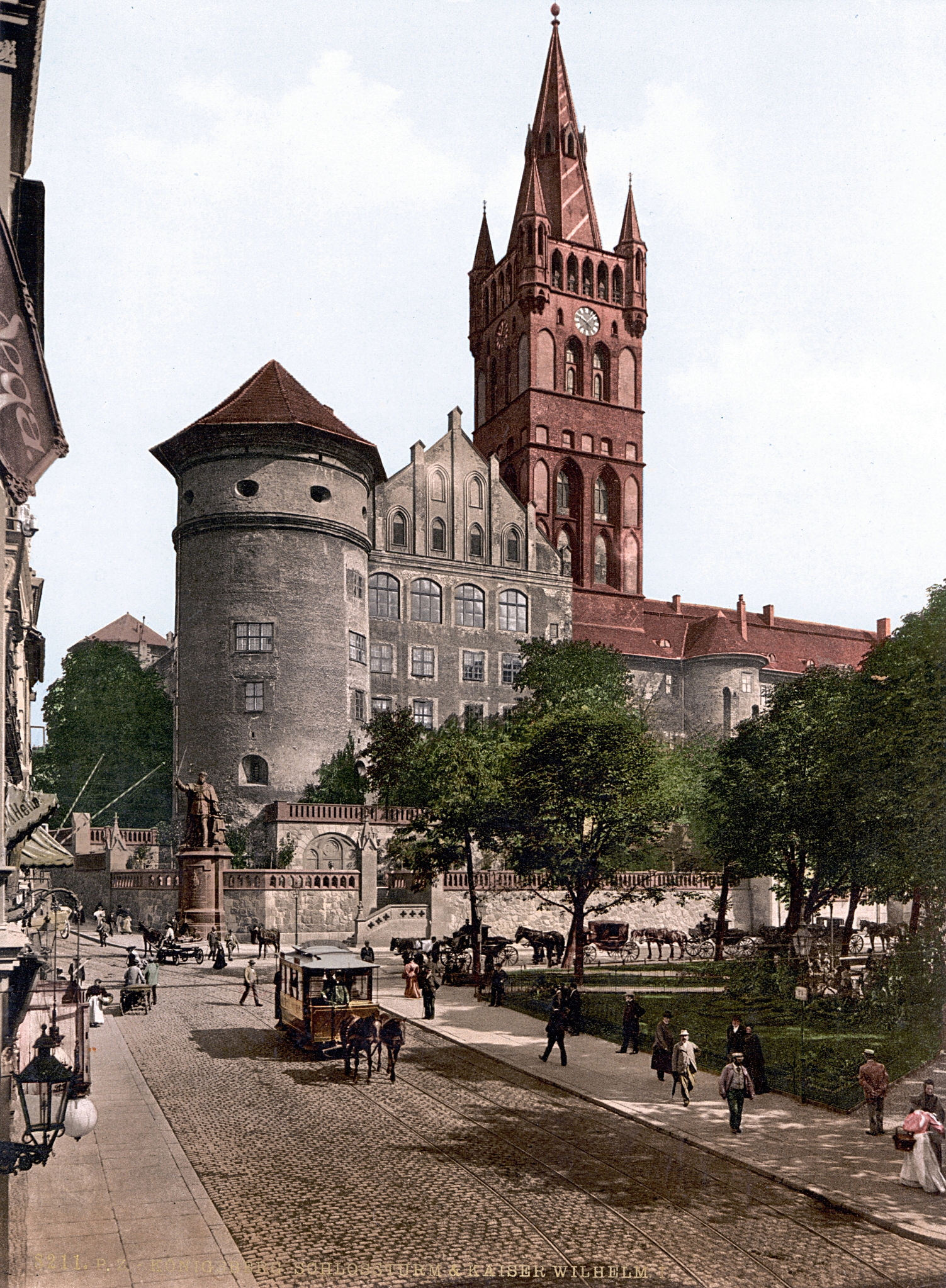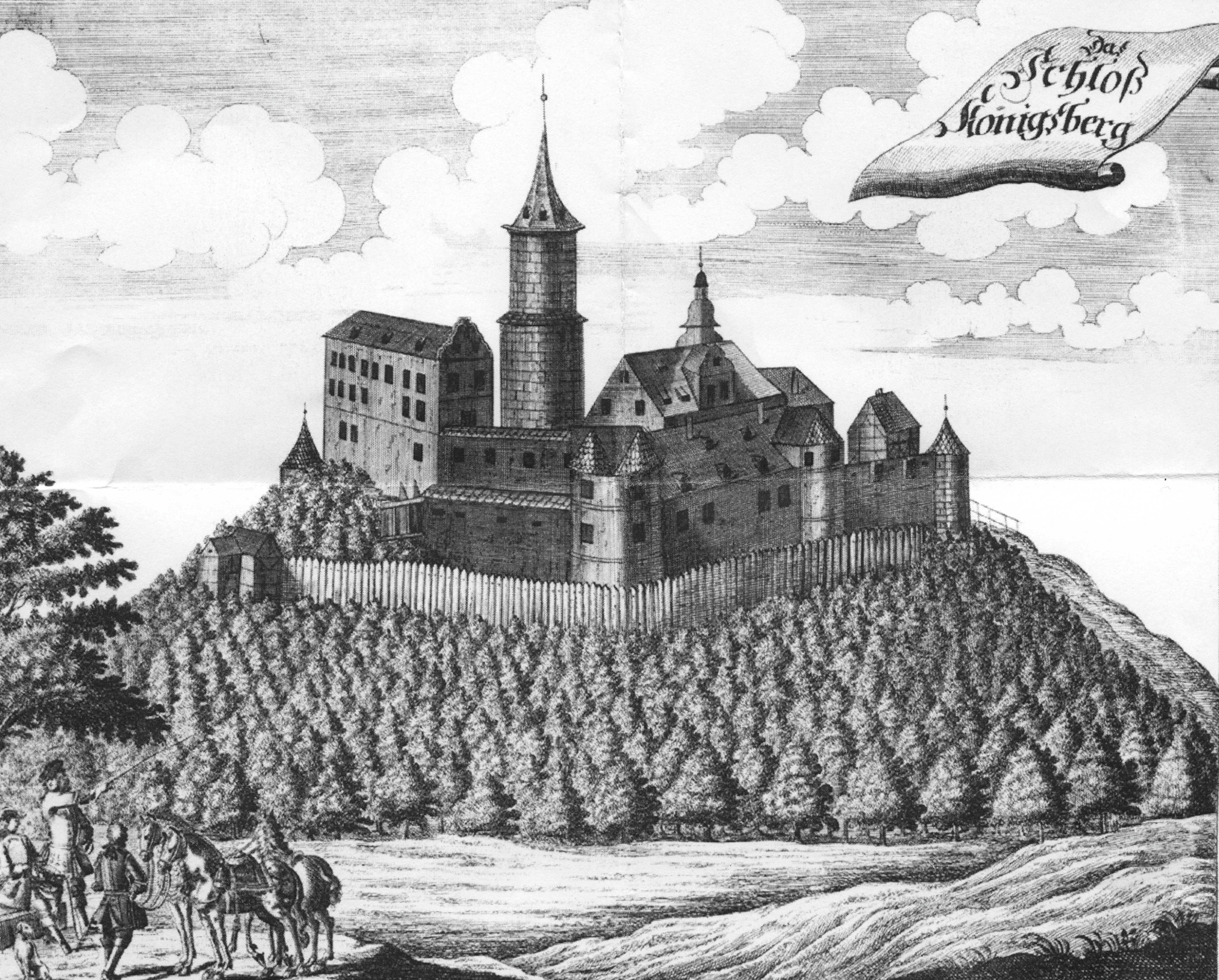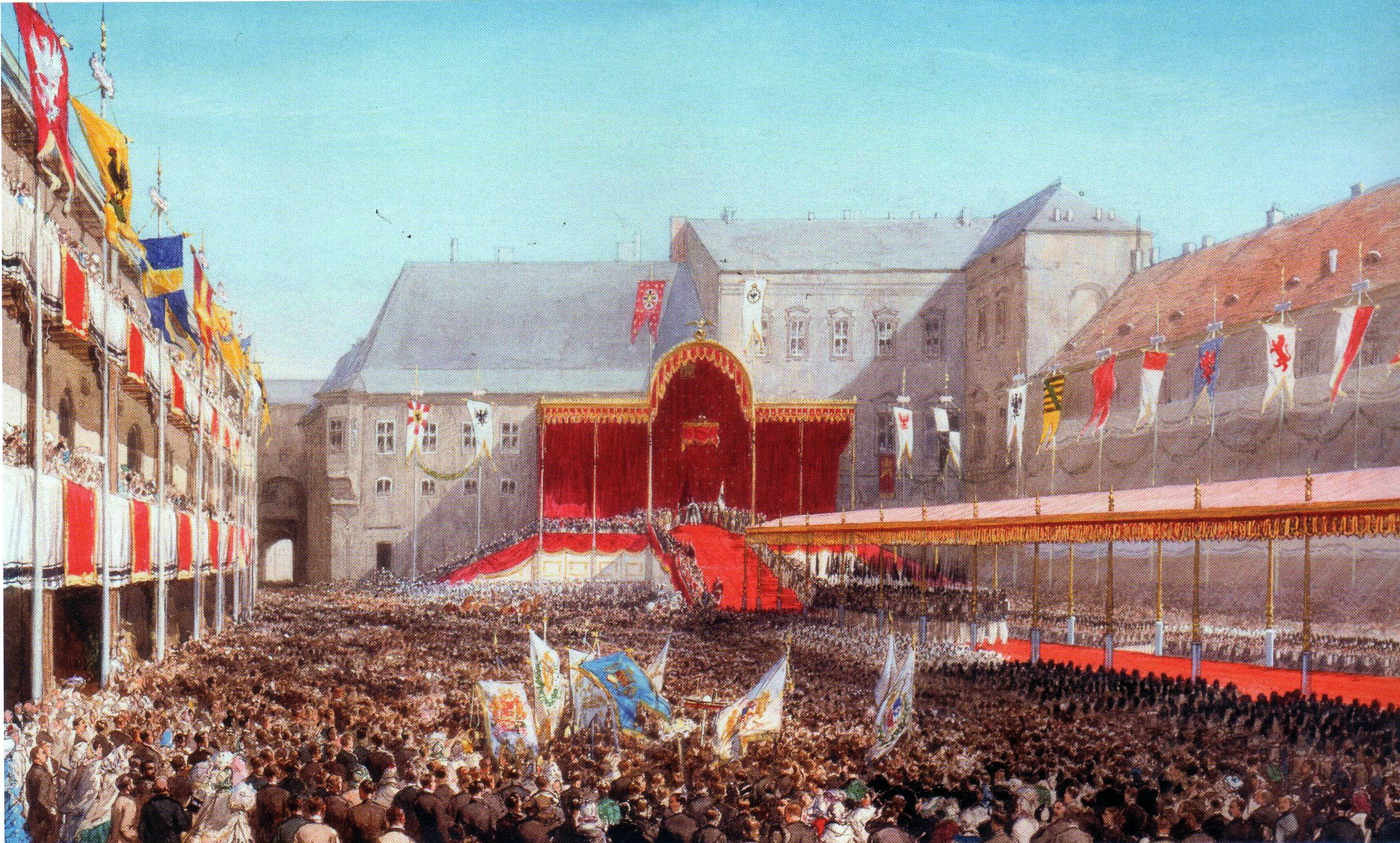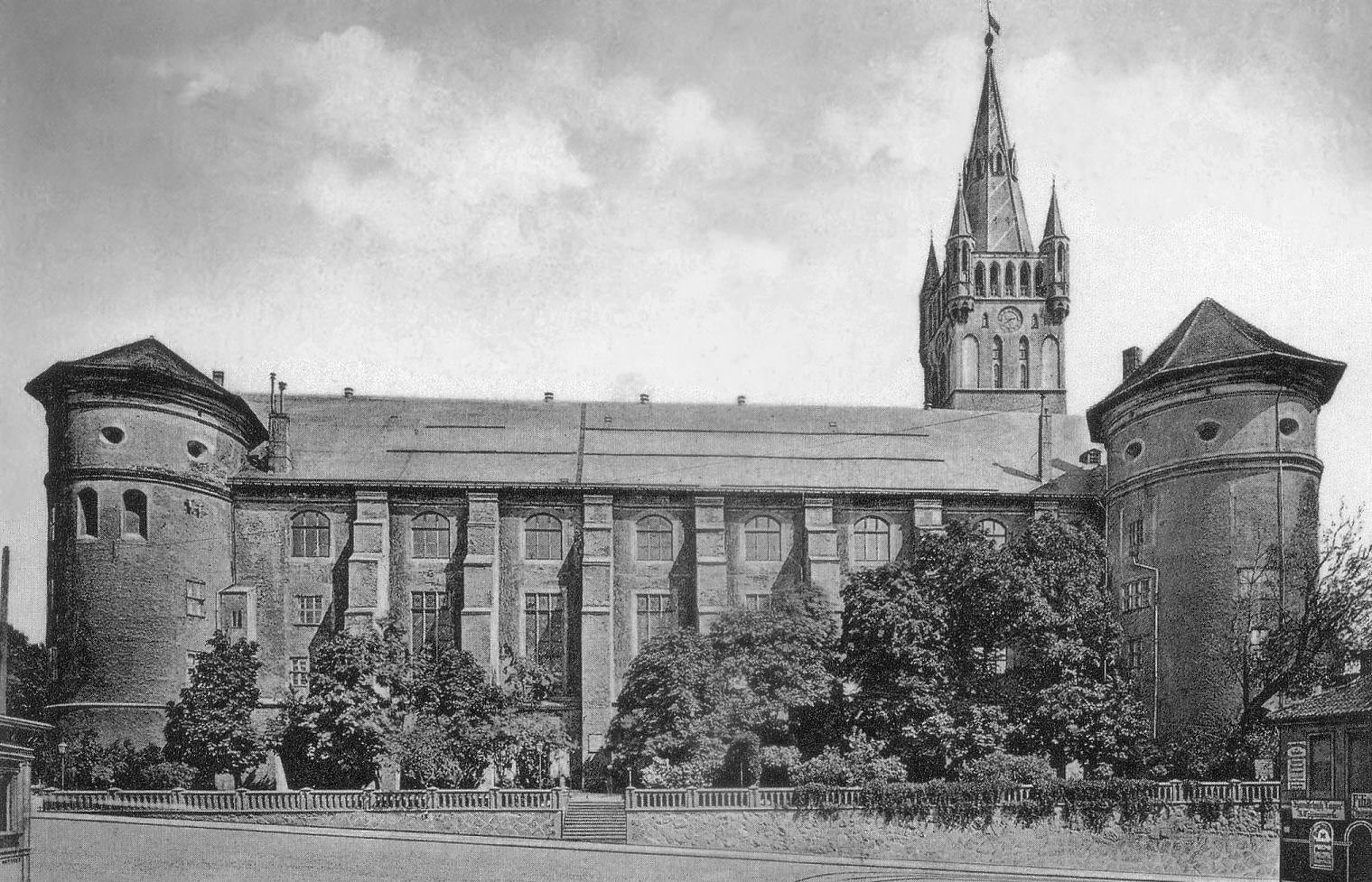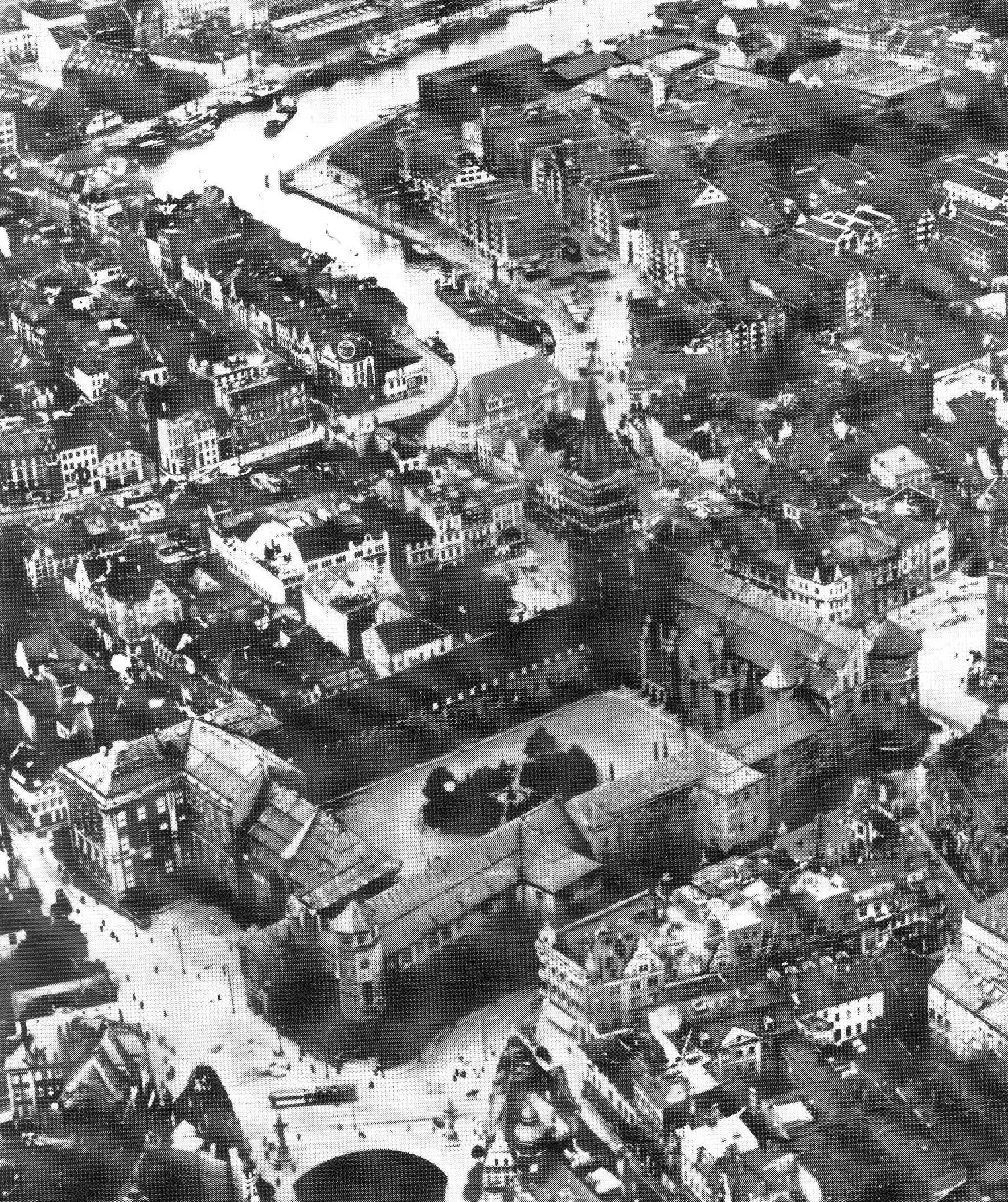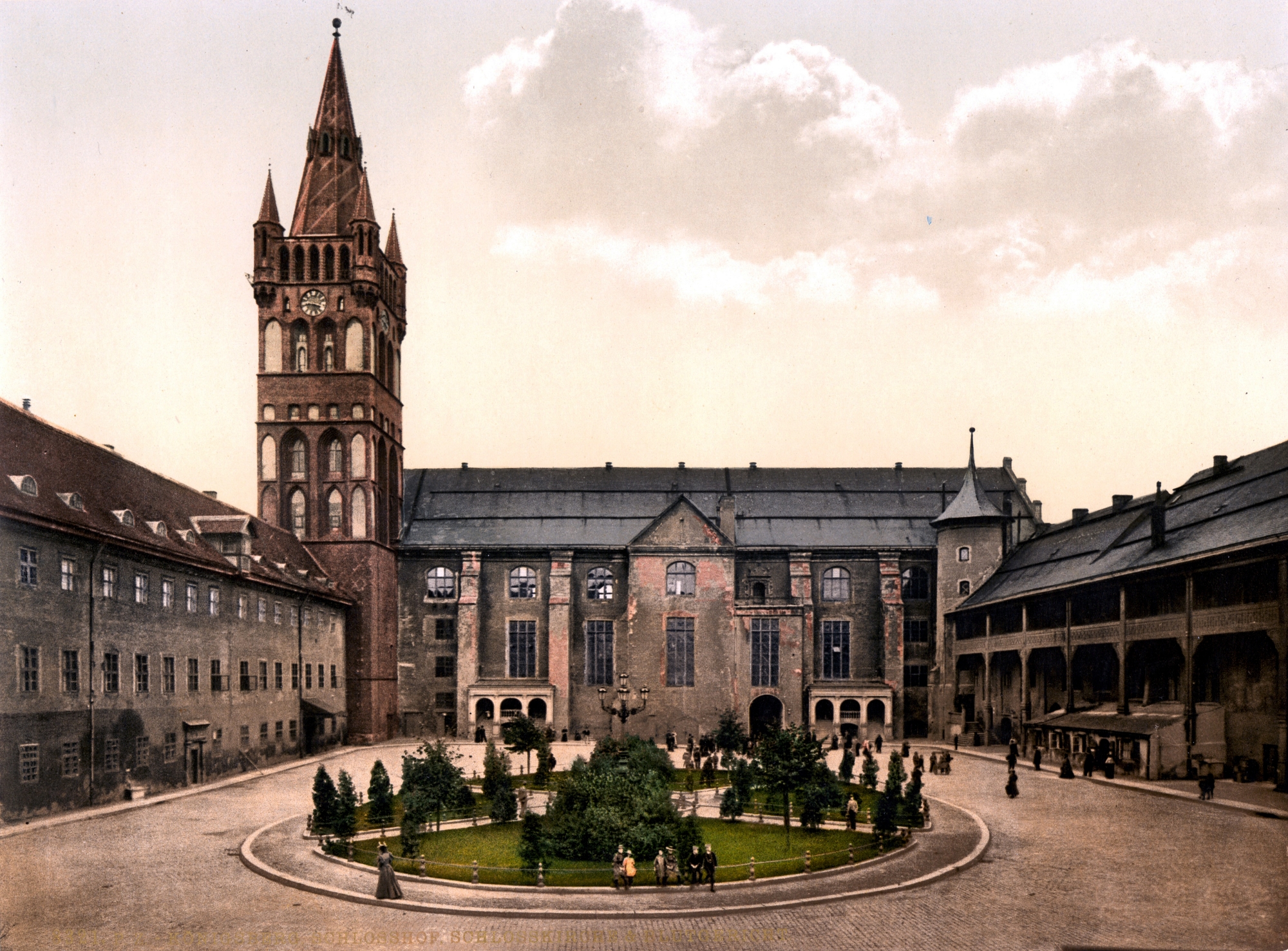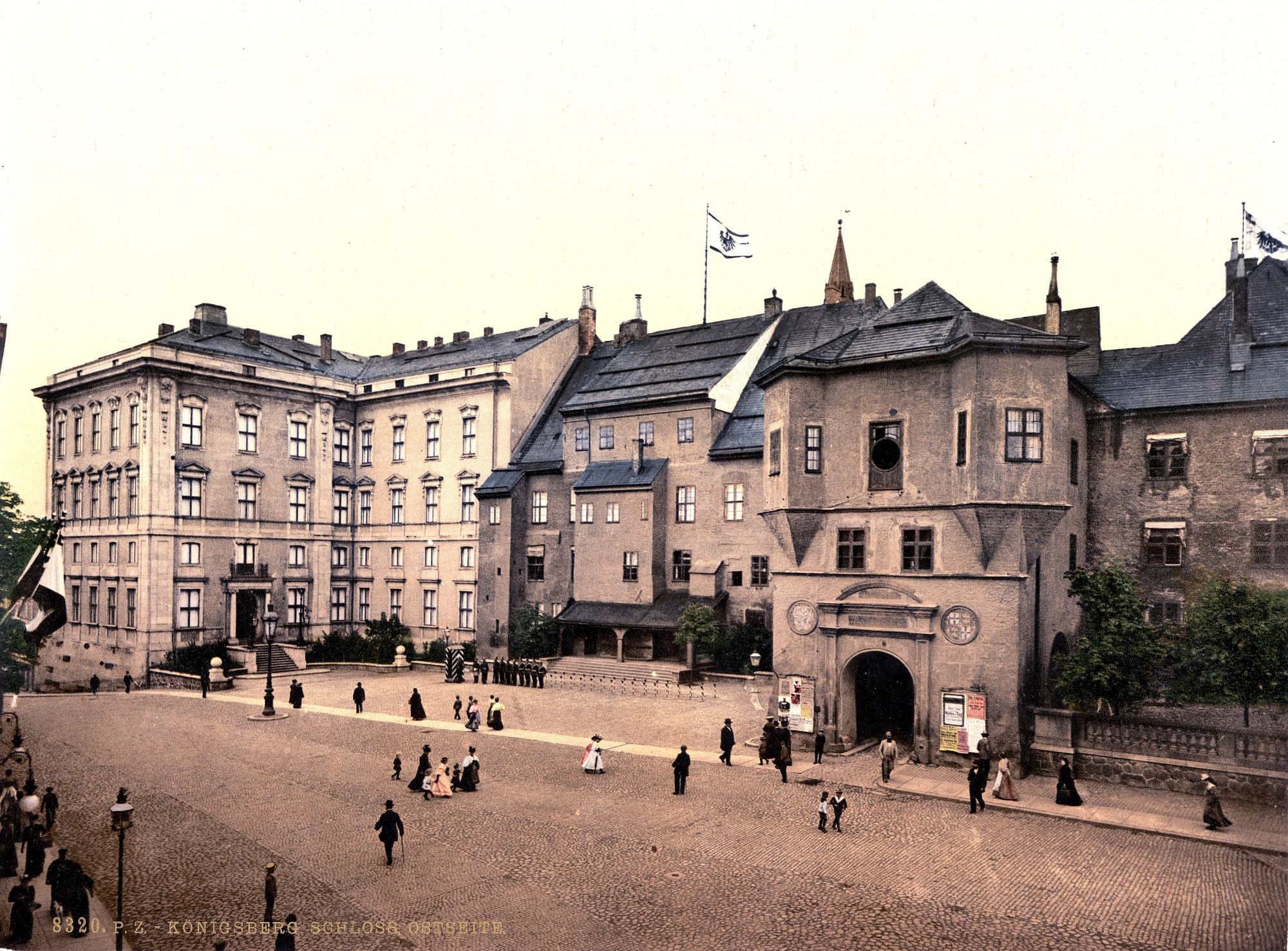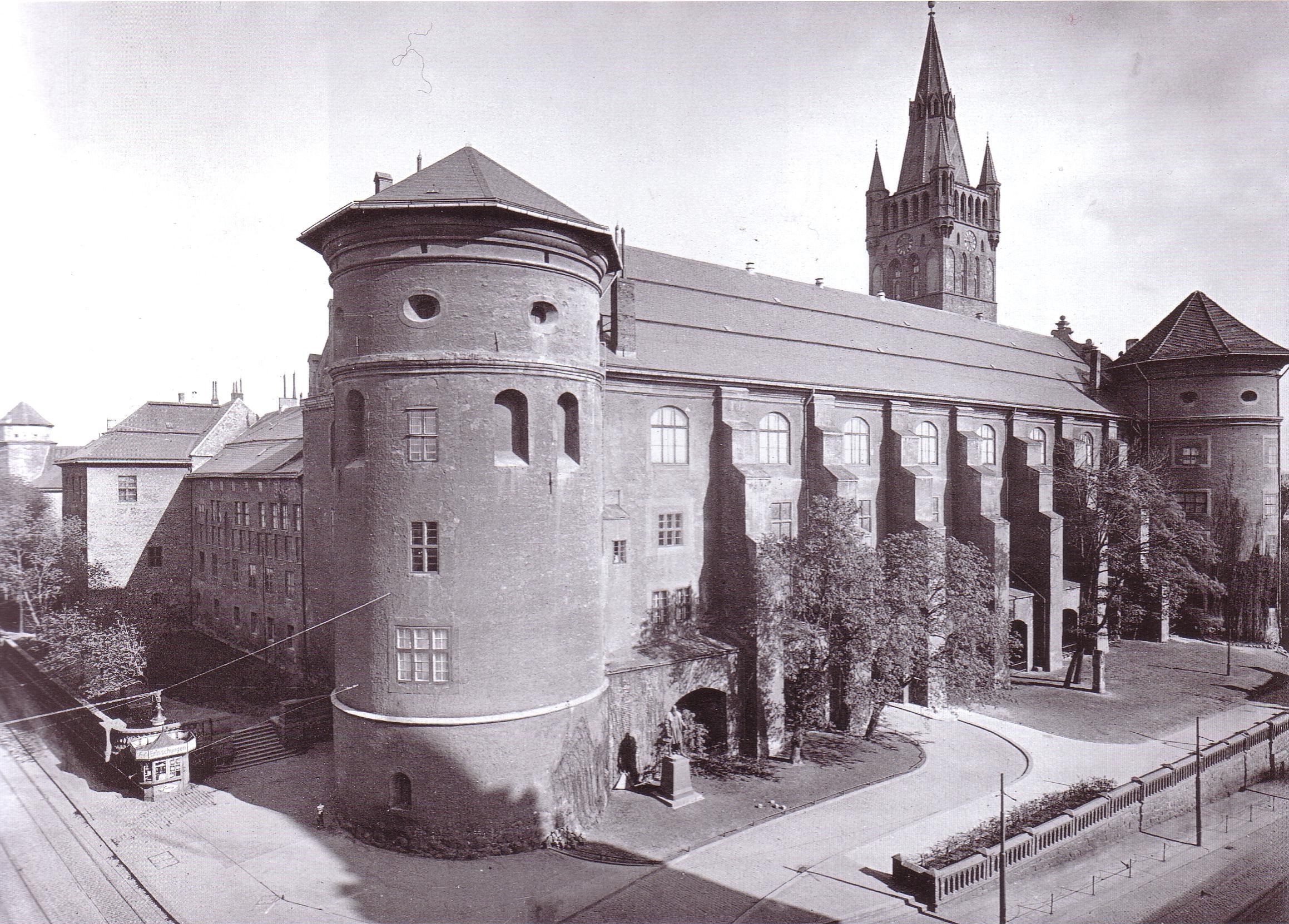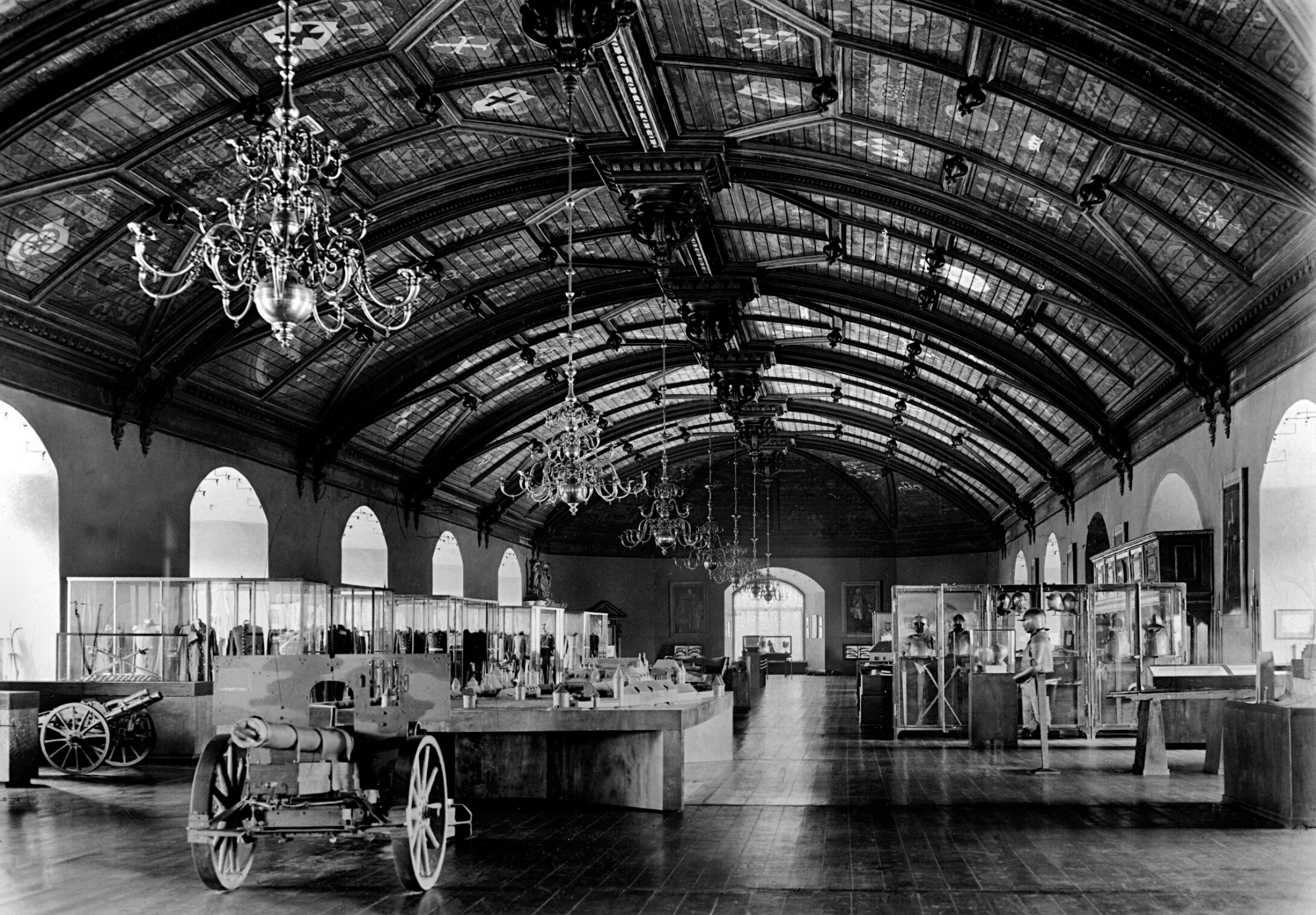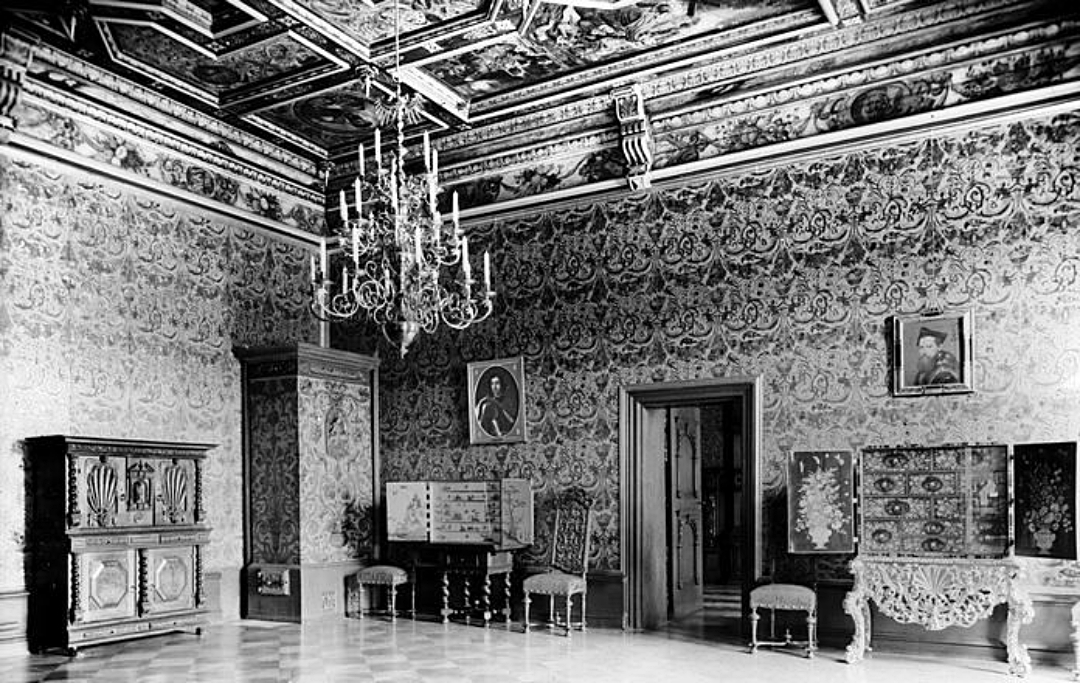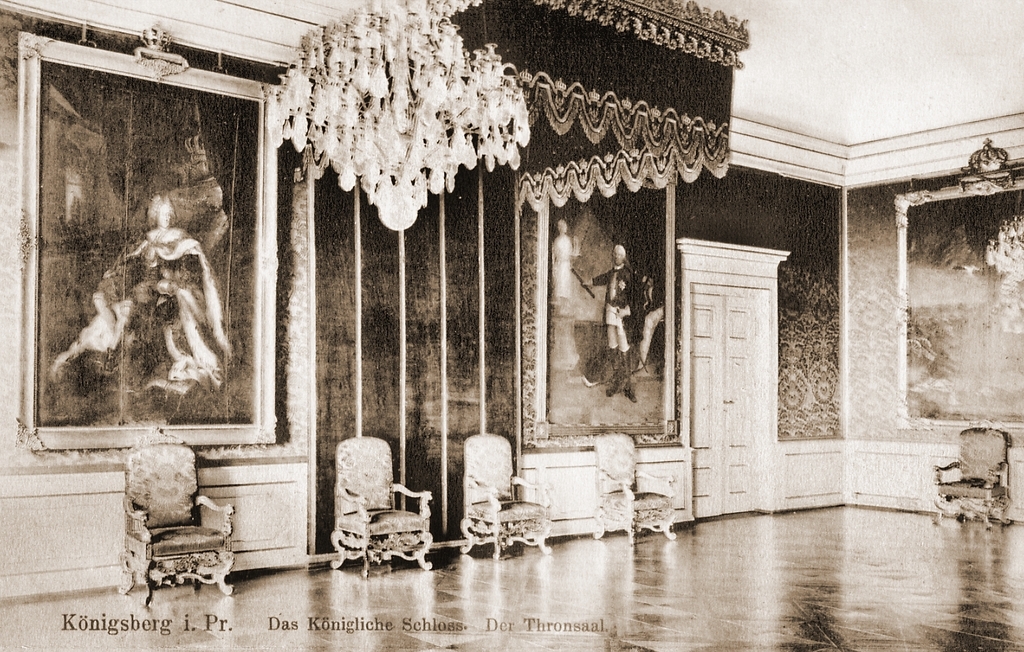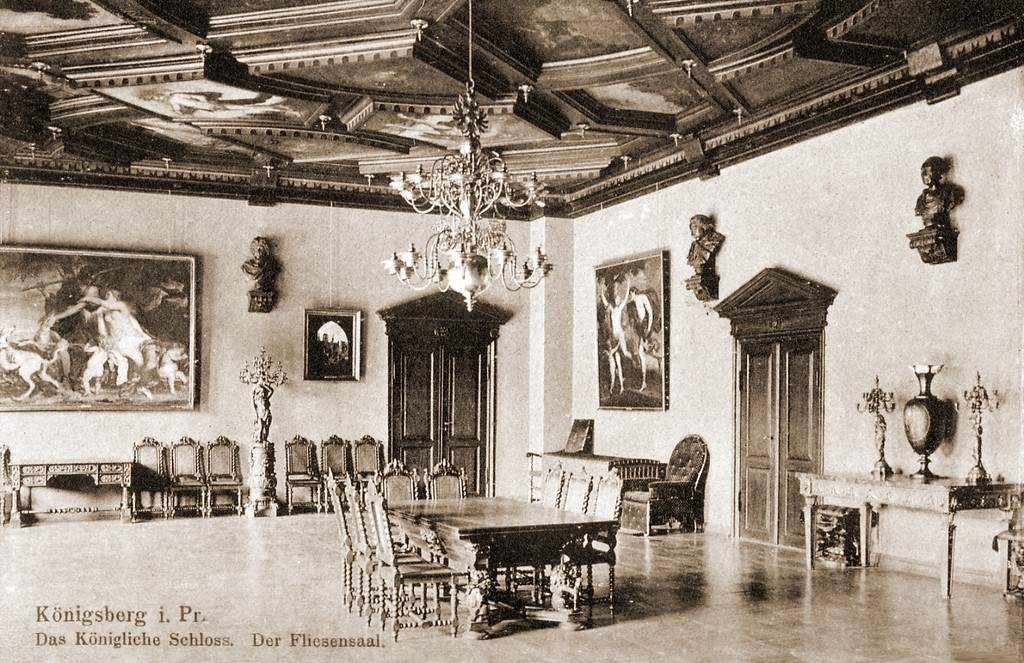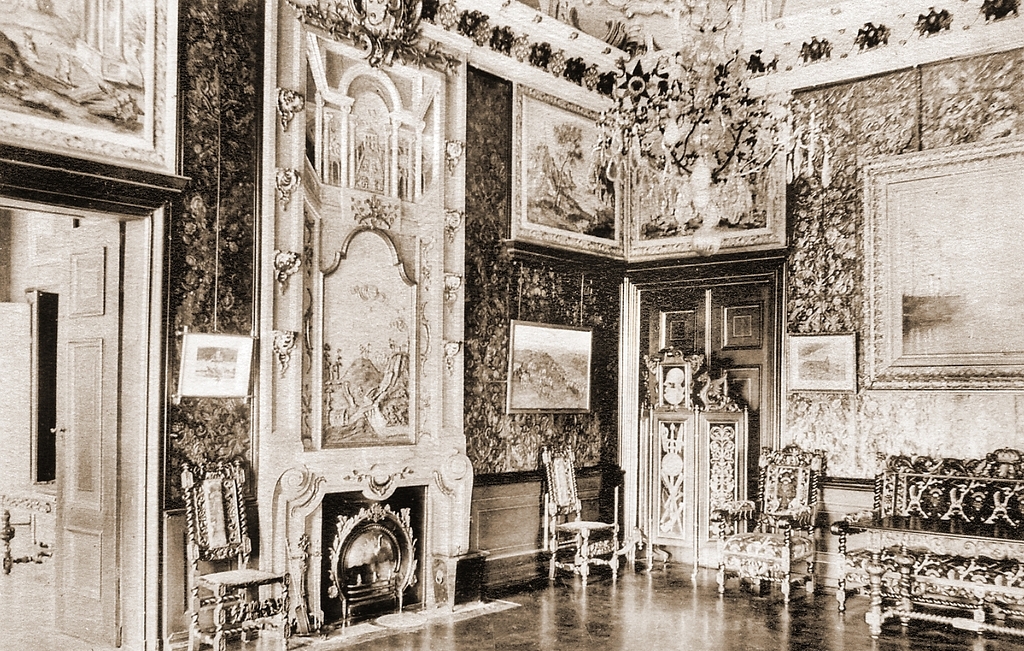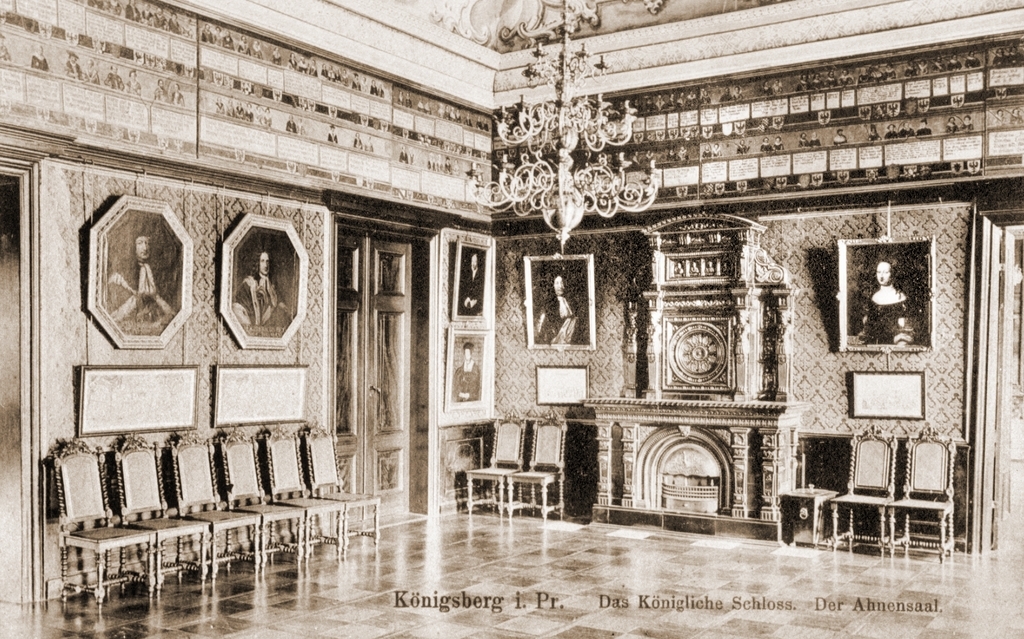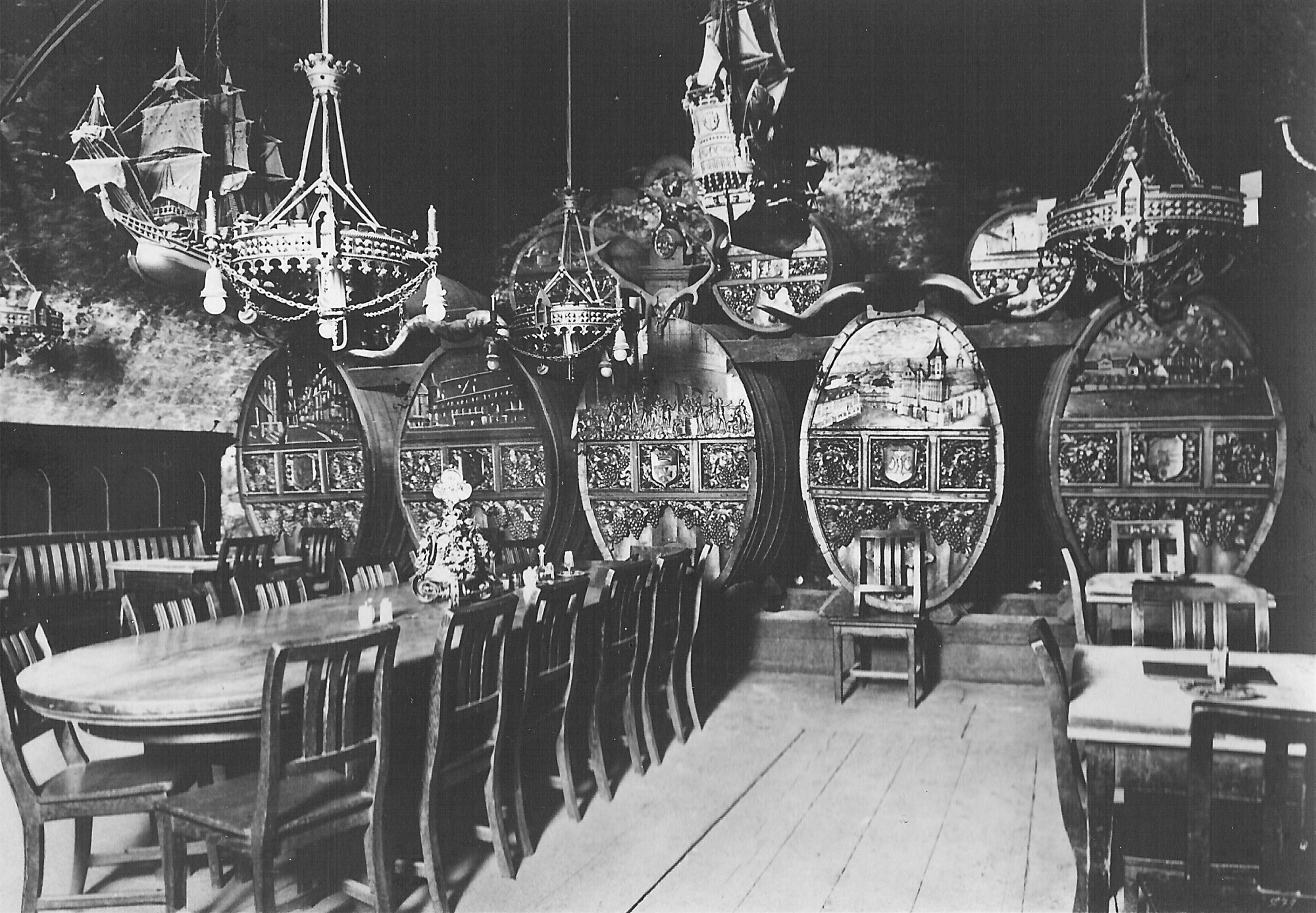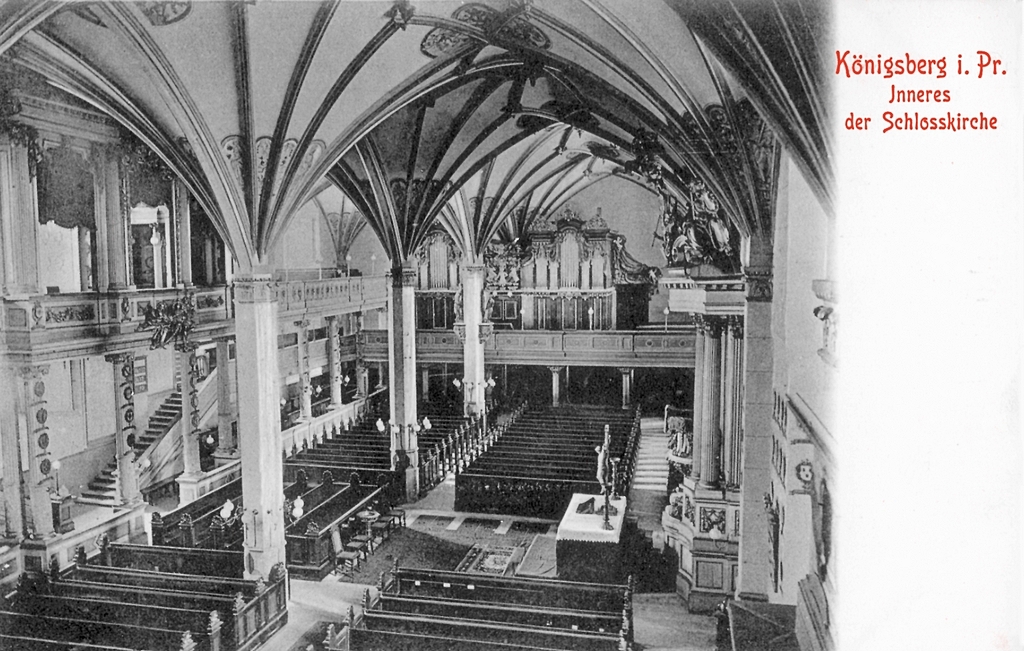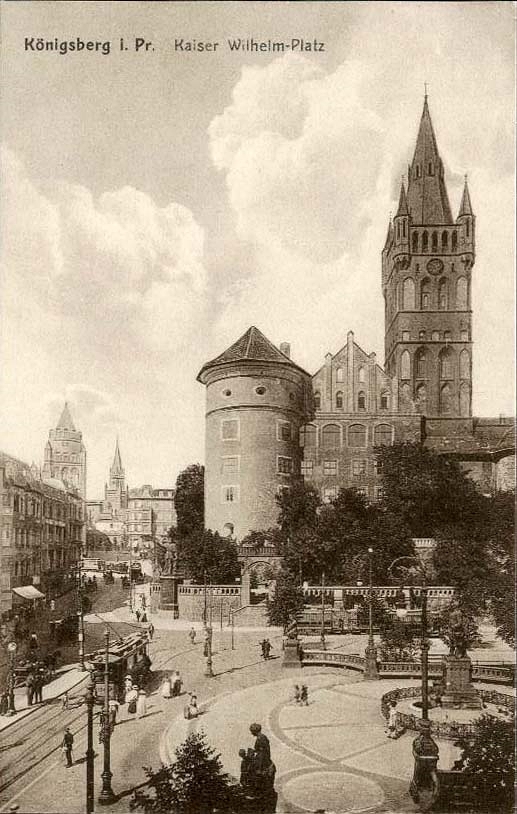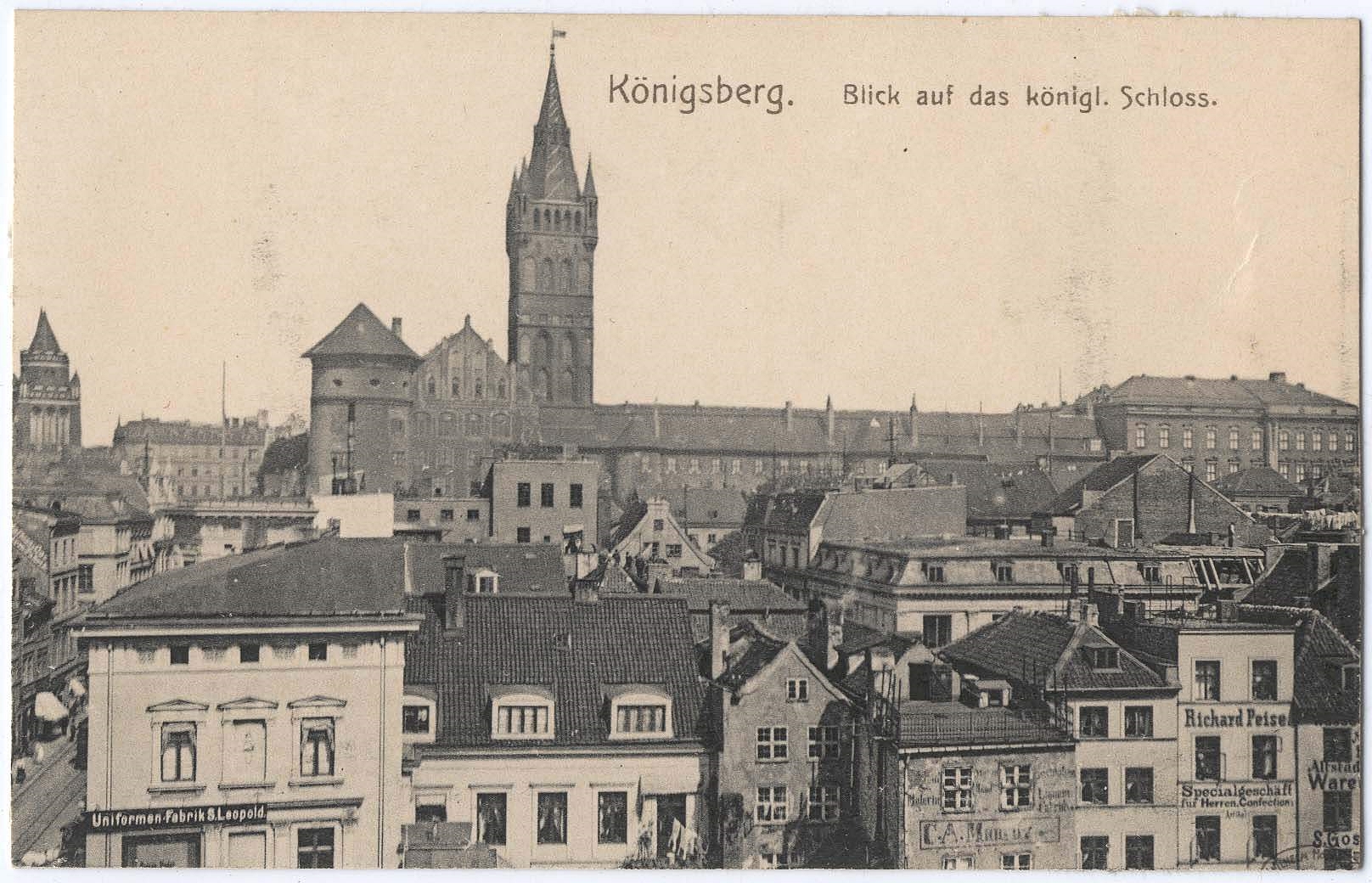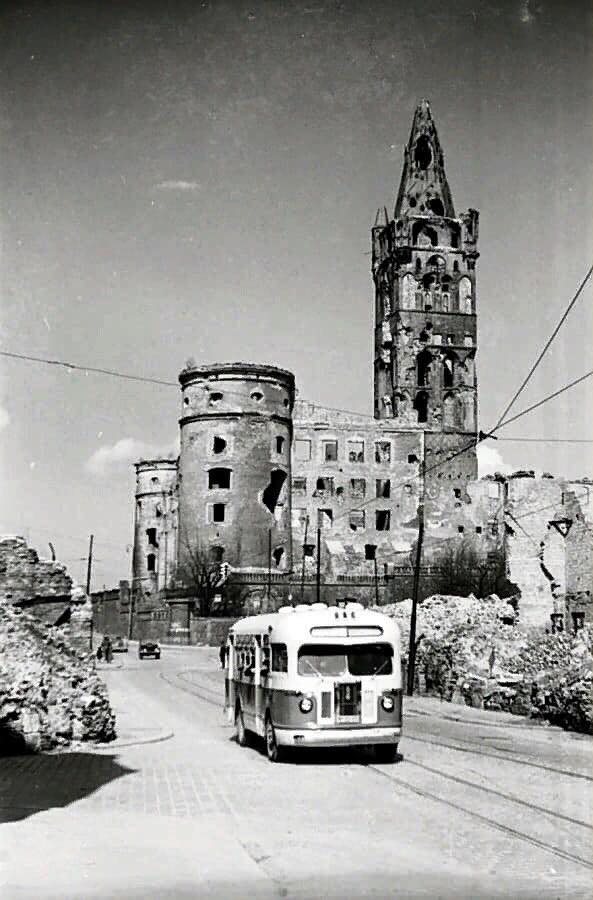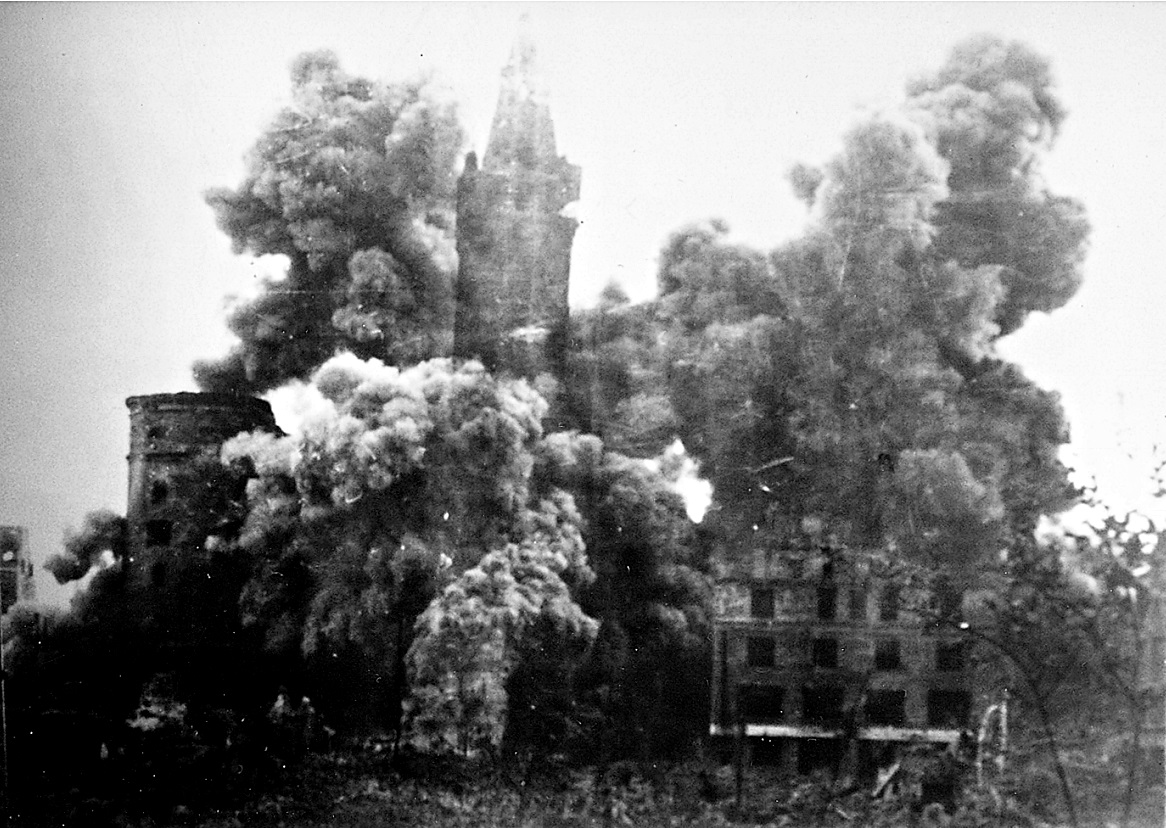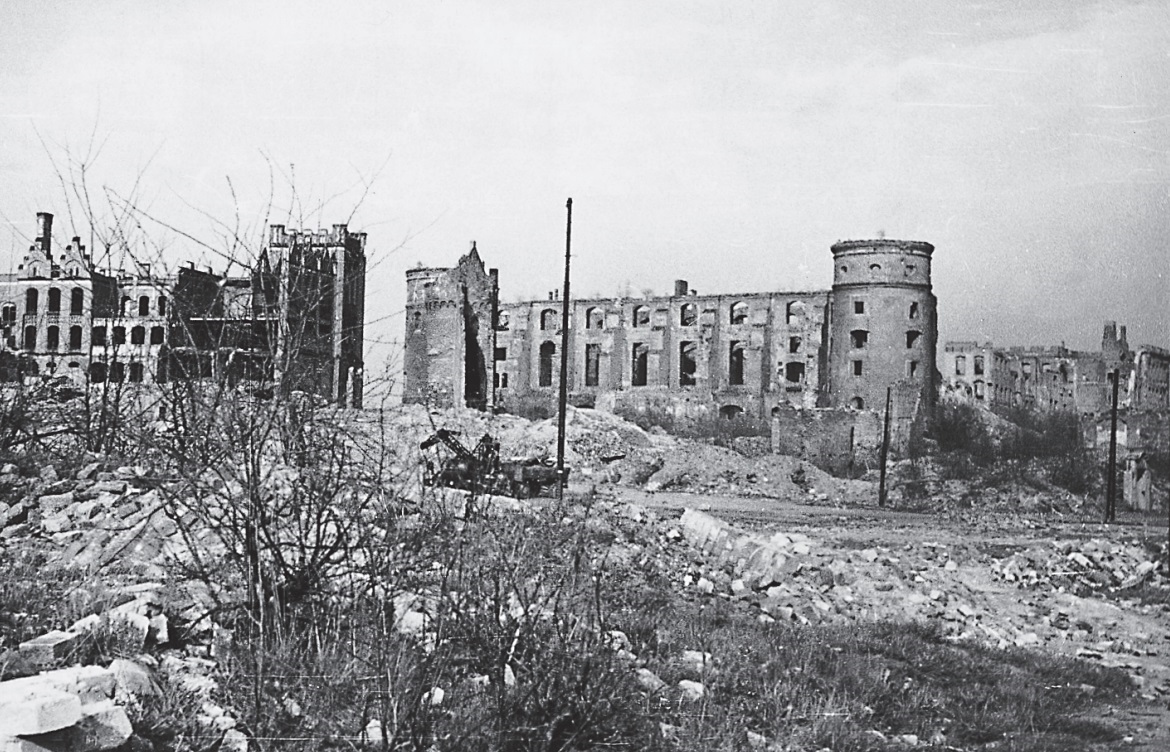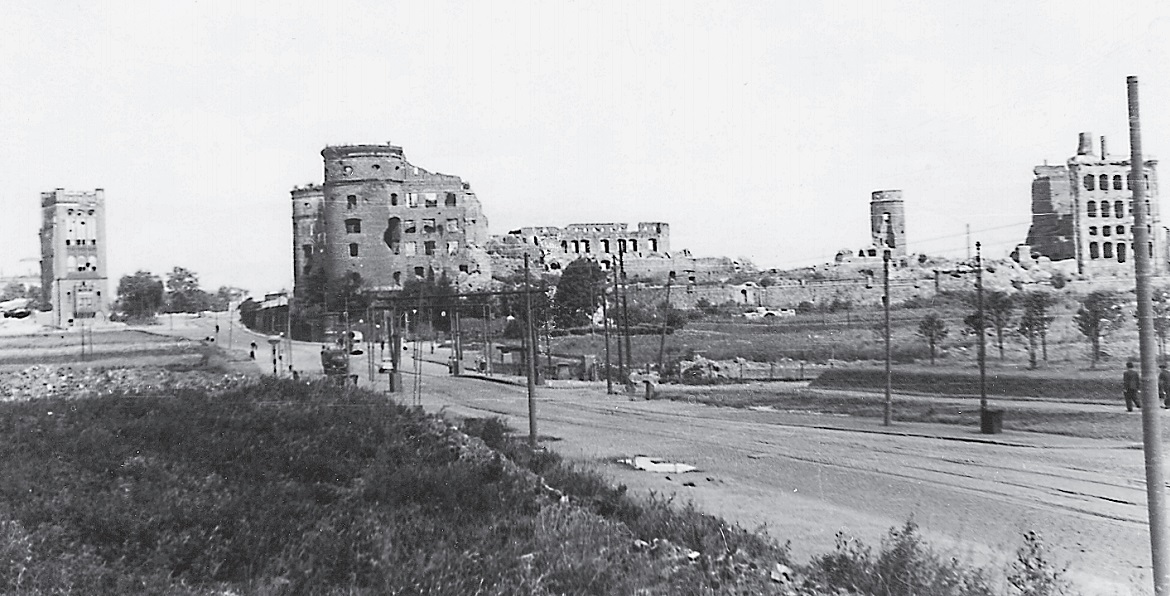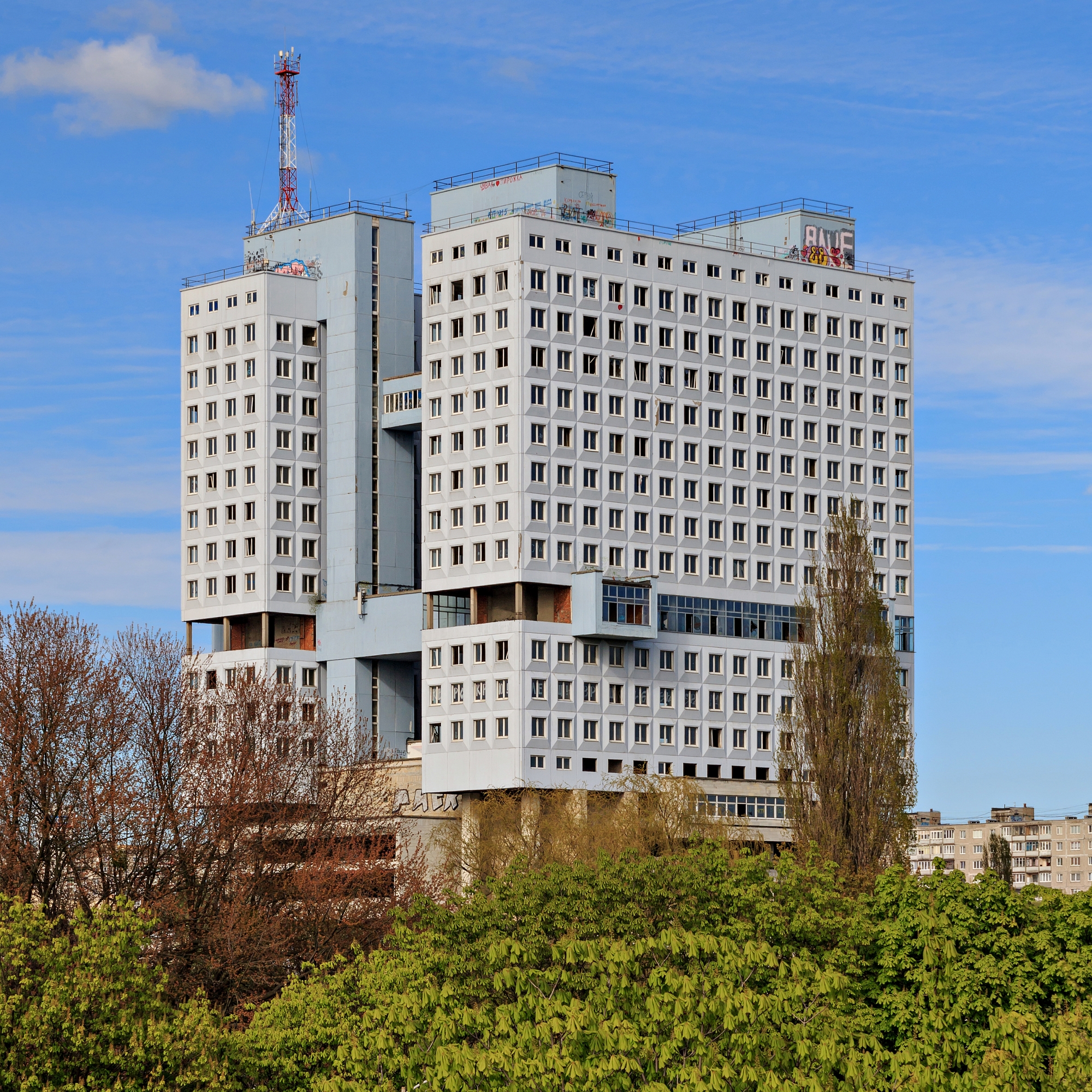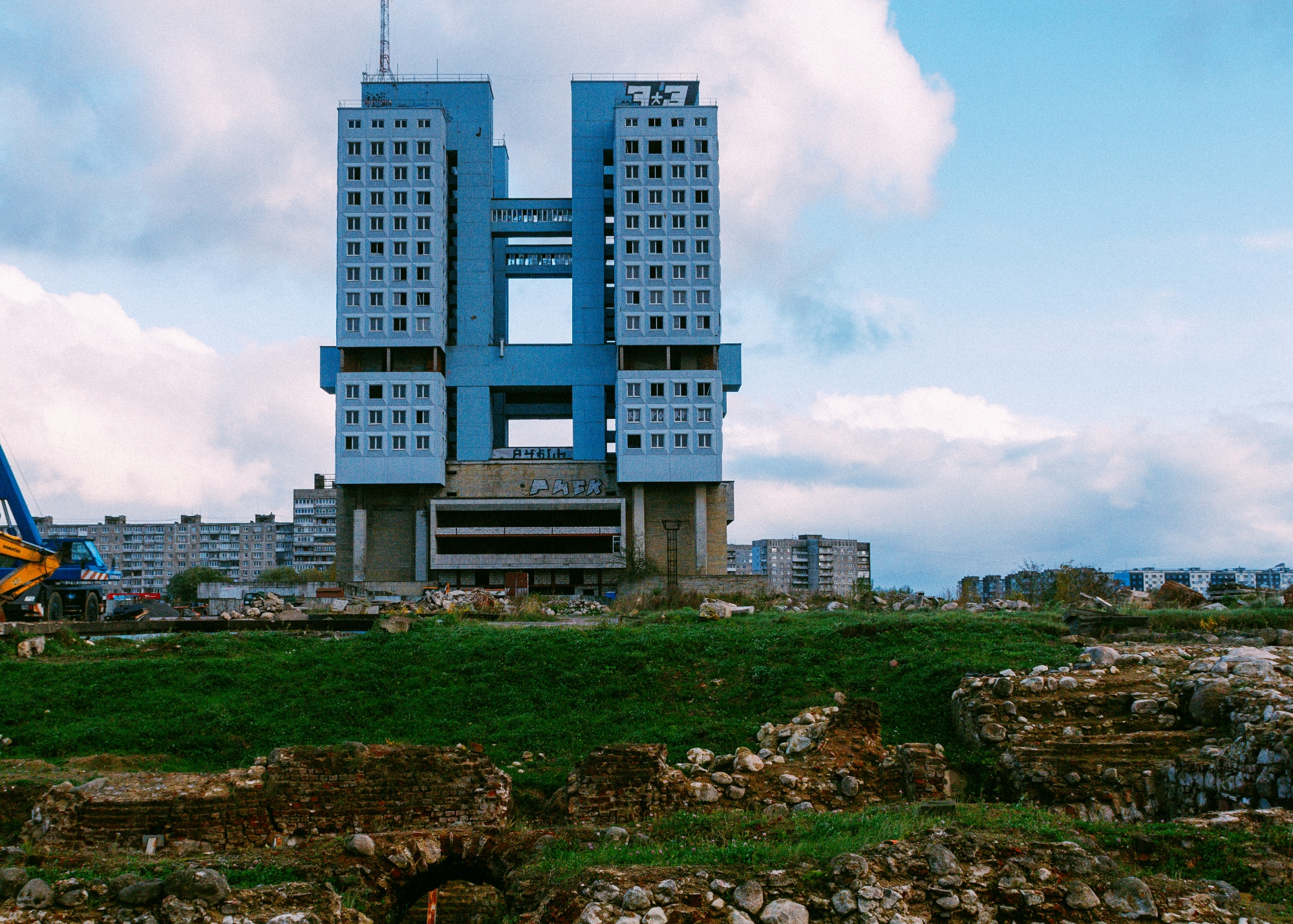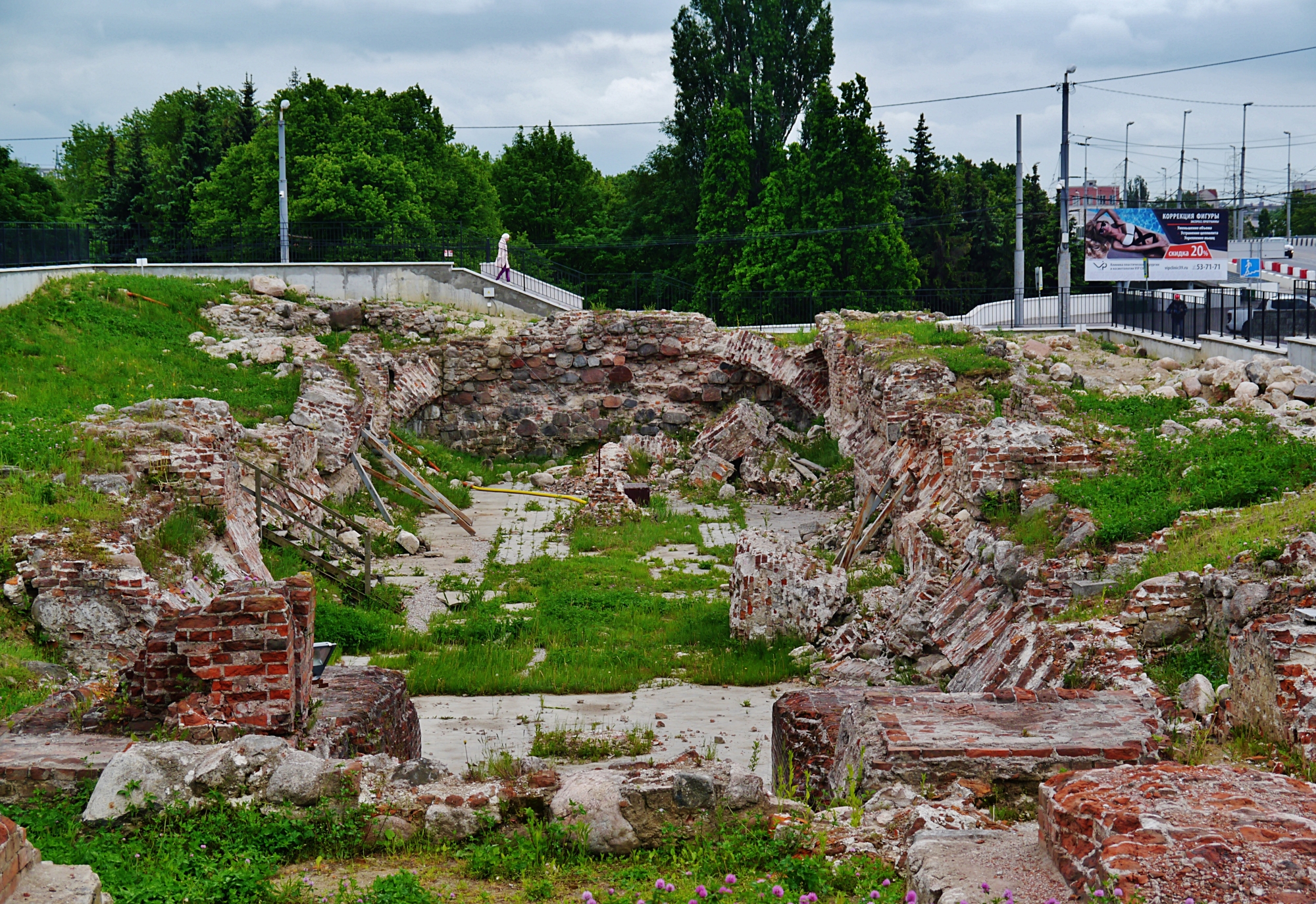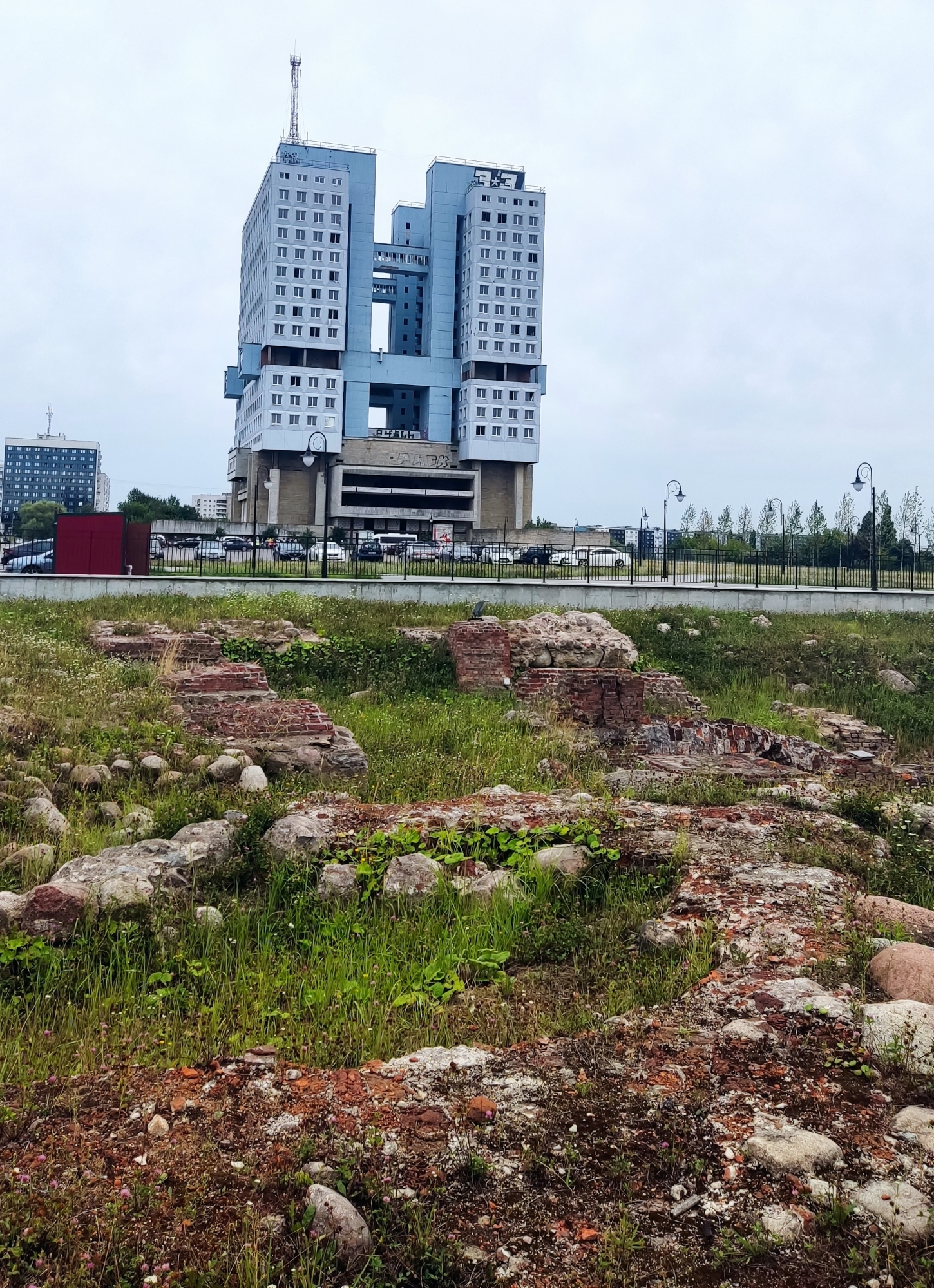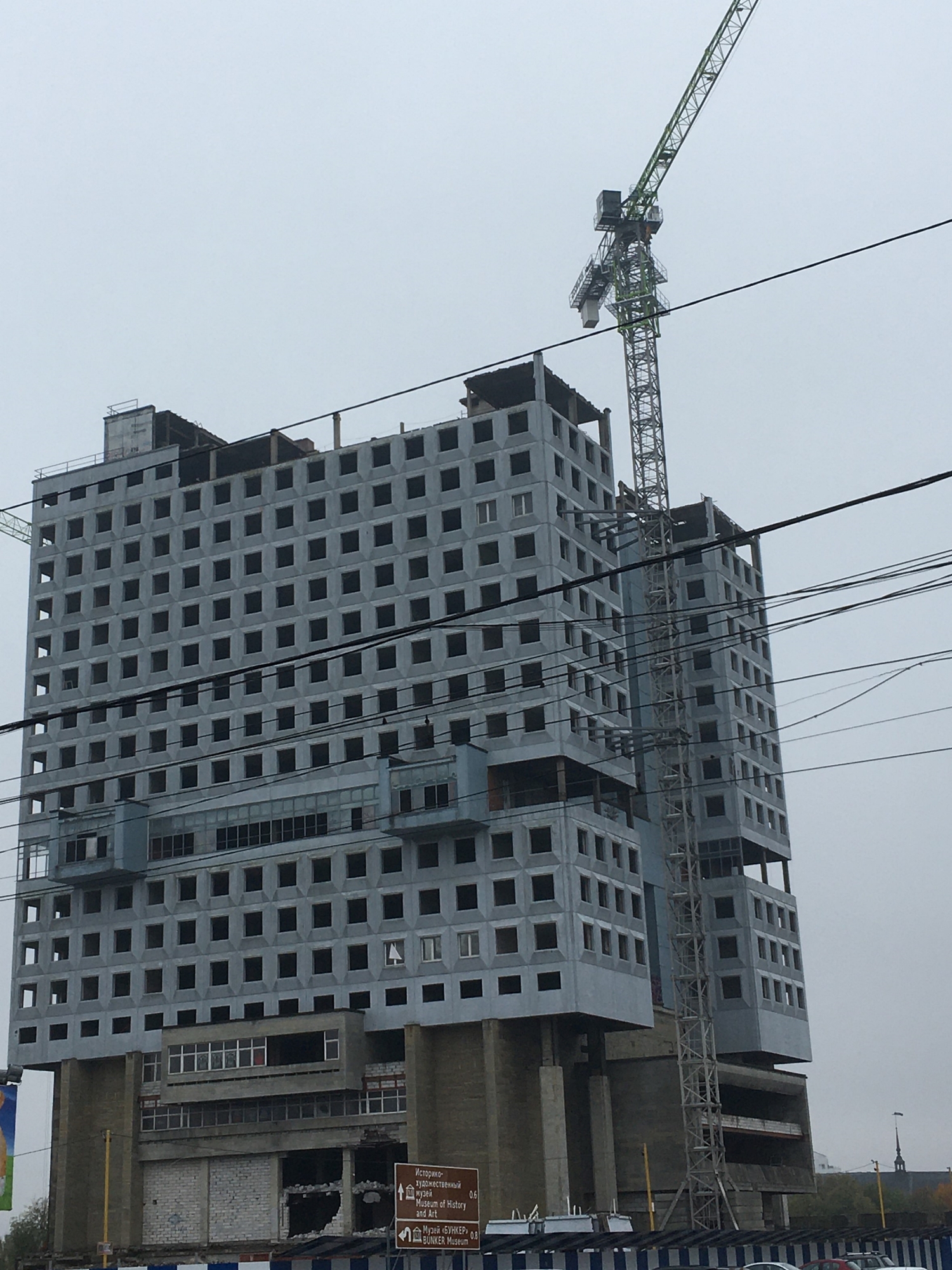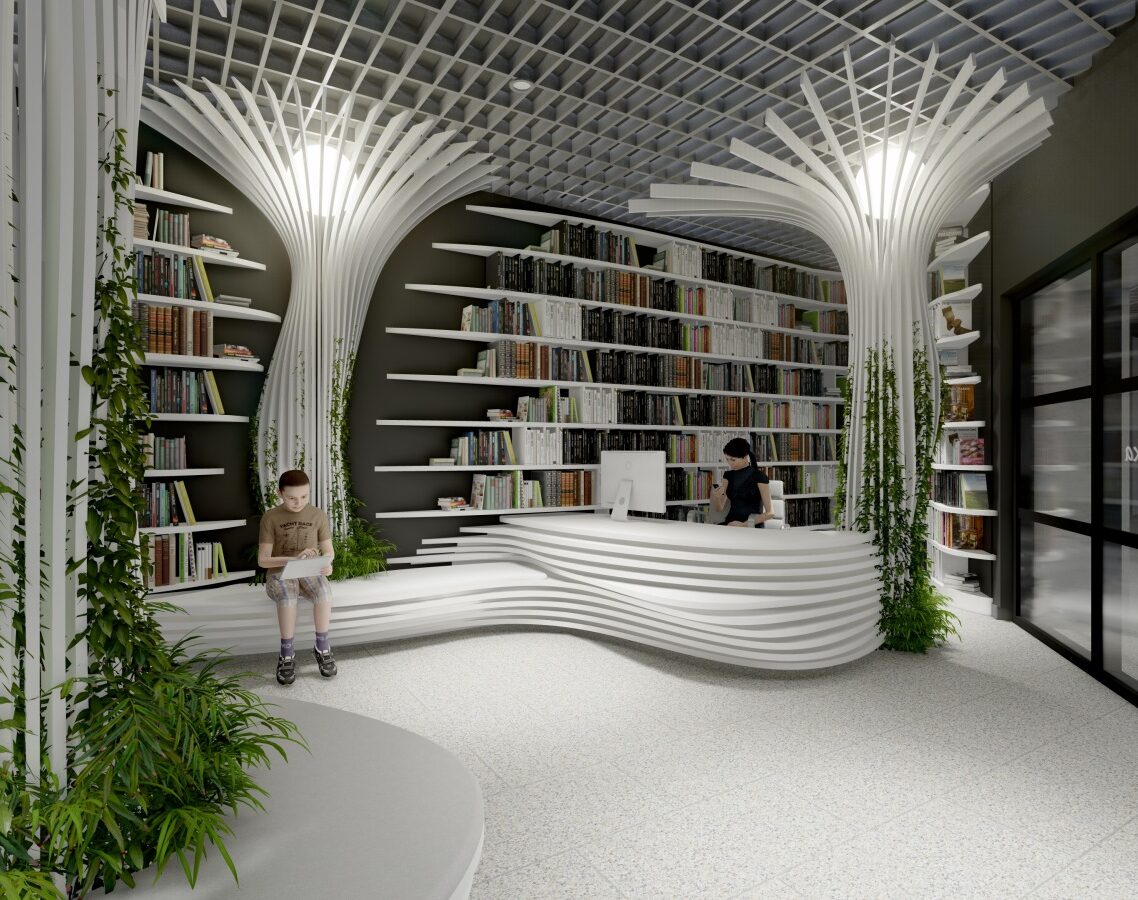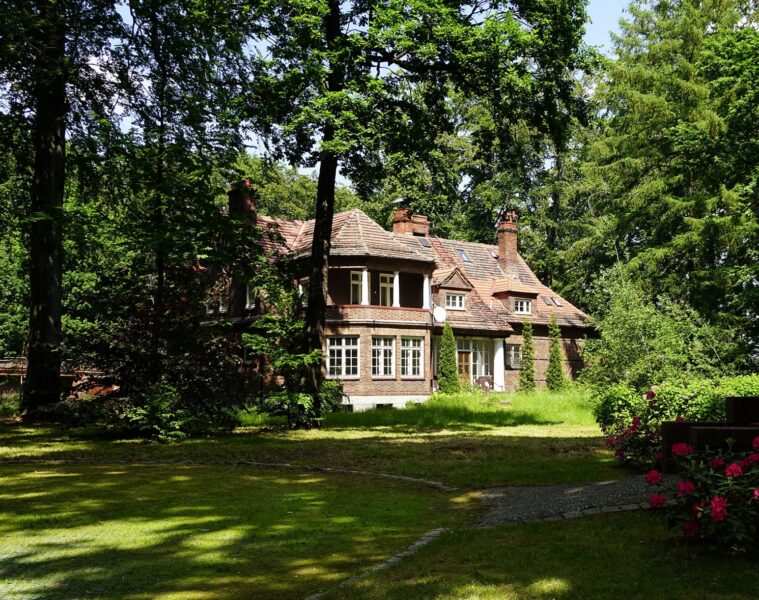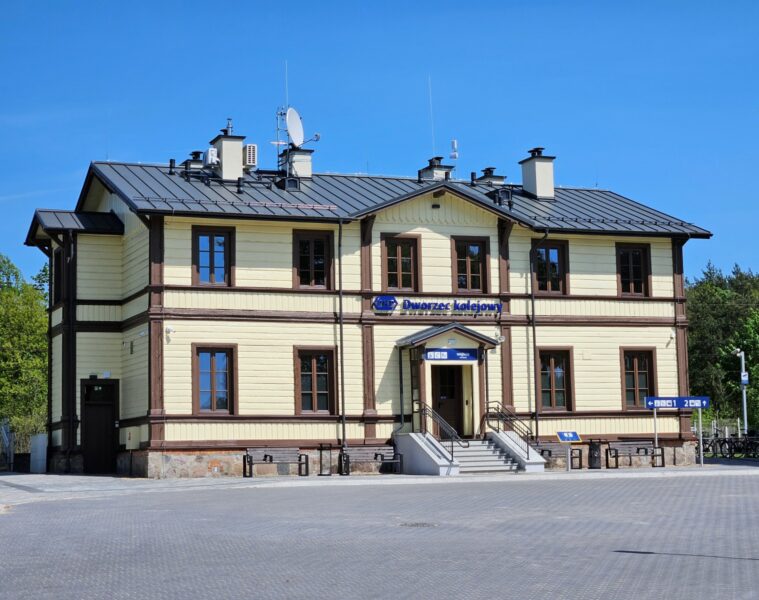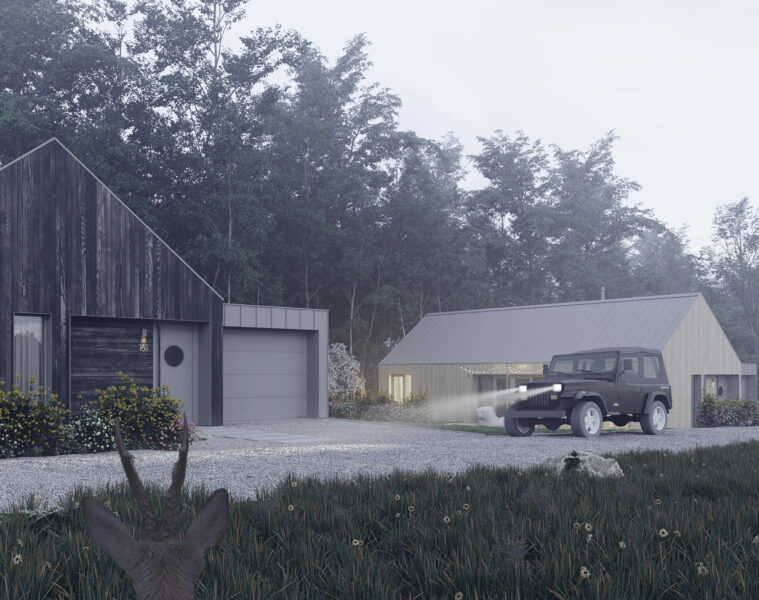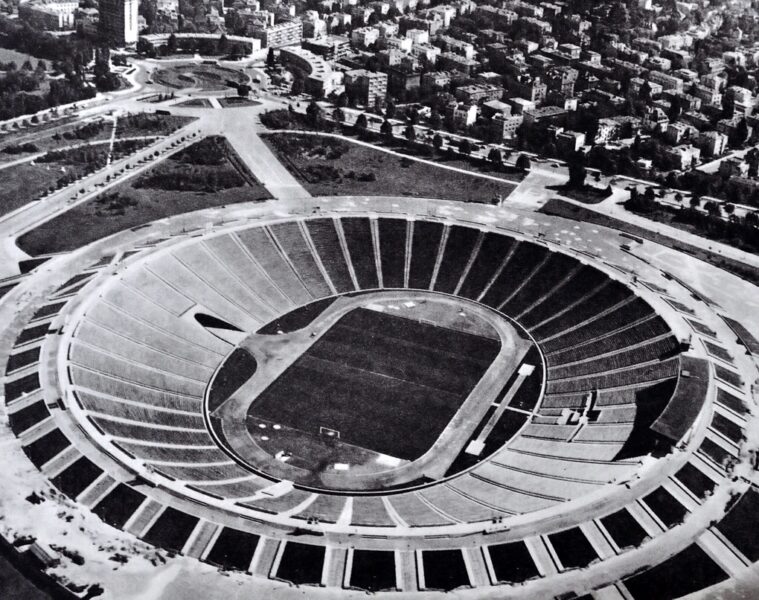The Gothic castle in Königsberg was – along with the local cathedral – one of the symbols of the city. Its origins date back to the 13th century. The property was consumed in 1944 by fires following the bombing of Königsberg. Further damage occurred during the conquest of the city by the Red Army in 1945, and the work of total destruction was carried out in the 1960s when the ruins were blown up. The House of the Soviets was erected on the site of the demolished castle. The monumental structure was to overshadow the historic castle and be a symbol of Soviet domination of the entire region.
In Prussian times, there was a castle in the area. Over the years, the castle was extended several times, including in the 16th and 18th centuries. After the incorporation of Royal Prussia into Poland, the castle was the seat of the Teutonic Grand Master from 1457, and of the Prussian Dukes from 1525.
Königsberg in the mid-19th century. Photo: Theodor v. Kobbe und Wilhelm Cornelius: Wanderungen an der Nord- und Ostsee. Band 2: Ostsee (von W. Cornelius), Leipzig 1842
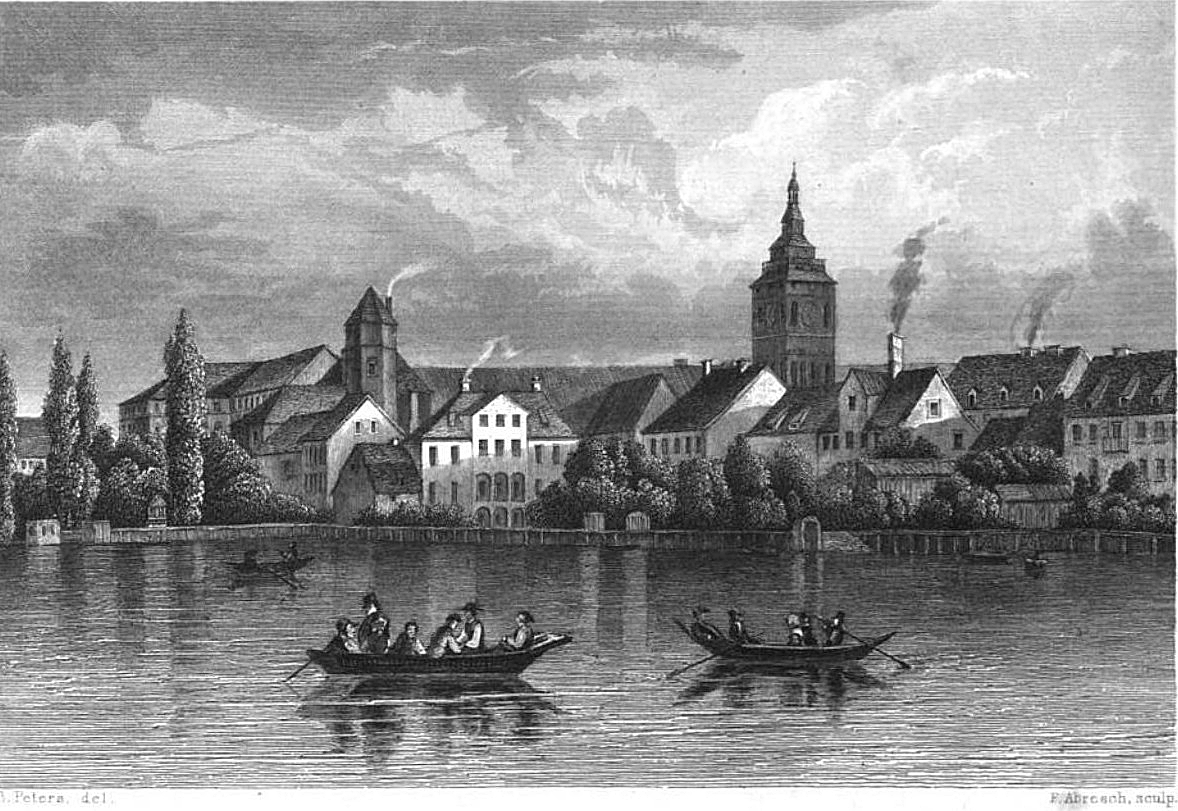
Before the Second World War, a part of the castle housed a museum. During the war, the Amber Chamber, which had been looted from Tsarskoye Selo, was stored here. Then, fearing destruction, the priceless masterpiece was packed into crates and placed in the castle’s vaults. This is the last certain news about its fate. It is suspected that the chamber may have burned down in a fire in the edifice or been taken away to an unknown destination. Königsberg Castle was completely consumed by fires following the bombardment of Königsberg by the air force in August 1944. Only the thick outer walls survived the massive attacks. Further destruction occurred during the capture of the city by the Red Army in April 1945. The centuries-old beautiful city almost ceased to exist.
Königsberg in the 1920s and in 2019. Photo by Adam Kraft, Rudolf Naujok: Ostpreußen. Ein Bildwerk mit 220 Fotos. Würzburg 2002, ISBN 3-88189-444-6, Abb. 7 and Slavic World
As a result of the post-war Potsdam decisions, Königsberg was annexed to the USSR and renamed Kaliningrad in 1946. The ruins of the former Teutonic Knights’ estate were gradually stolen in order to obtain building material for the reborn city. Lack of protection and the negative impact of weather conditions accelerated the degradation. In the 1950s, the tower, which was in danger of collapsing, was blown up, and then in the 1960s the remaining walls were removed in several stages. They were blown up on the orders of Leonid Brezhnev, as they were regarded as a symbol of Prussian militarism and domination. On the site of the demolished castle, the House of the Soviets was erected as the seat of the regional administration and a symbol of Soviet power. Construction of the concrete colossus began in 1970 and was never completed. Work was halted when it became apparent that it had been erected on unstable ground and on the ruins of castle cellars that had not been thoroughly examined by archaeologists.
Königsberg Castle, illustration from c. 1897 and the ruins before they were blown up in the 1960s. photo from the resources of the US Library of Congress and Public domain, via Wikimedia Commons
Since the collapse of the USSR, the revitalisation of downtown Königsberg and the reconstruction of the castle had been planned, and the city authorities were particularly keen on this. It was to be carried out with funds from the Russian Ministry of Culture, and the reconstruction plan was supported by President Vladimir Putin during his visit to Königsberg in 2005. Eventually, the authorities withdrew from these plans. In the following years, excavations were carried out in the area where the castle ruins were located, funded by the German weekly magazine Der Spiegel. In the course of this work, historical artefacts were discovered, including a silver box containing medals and coins.
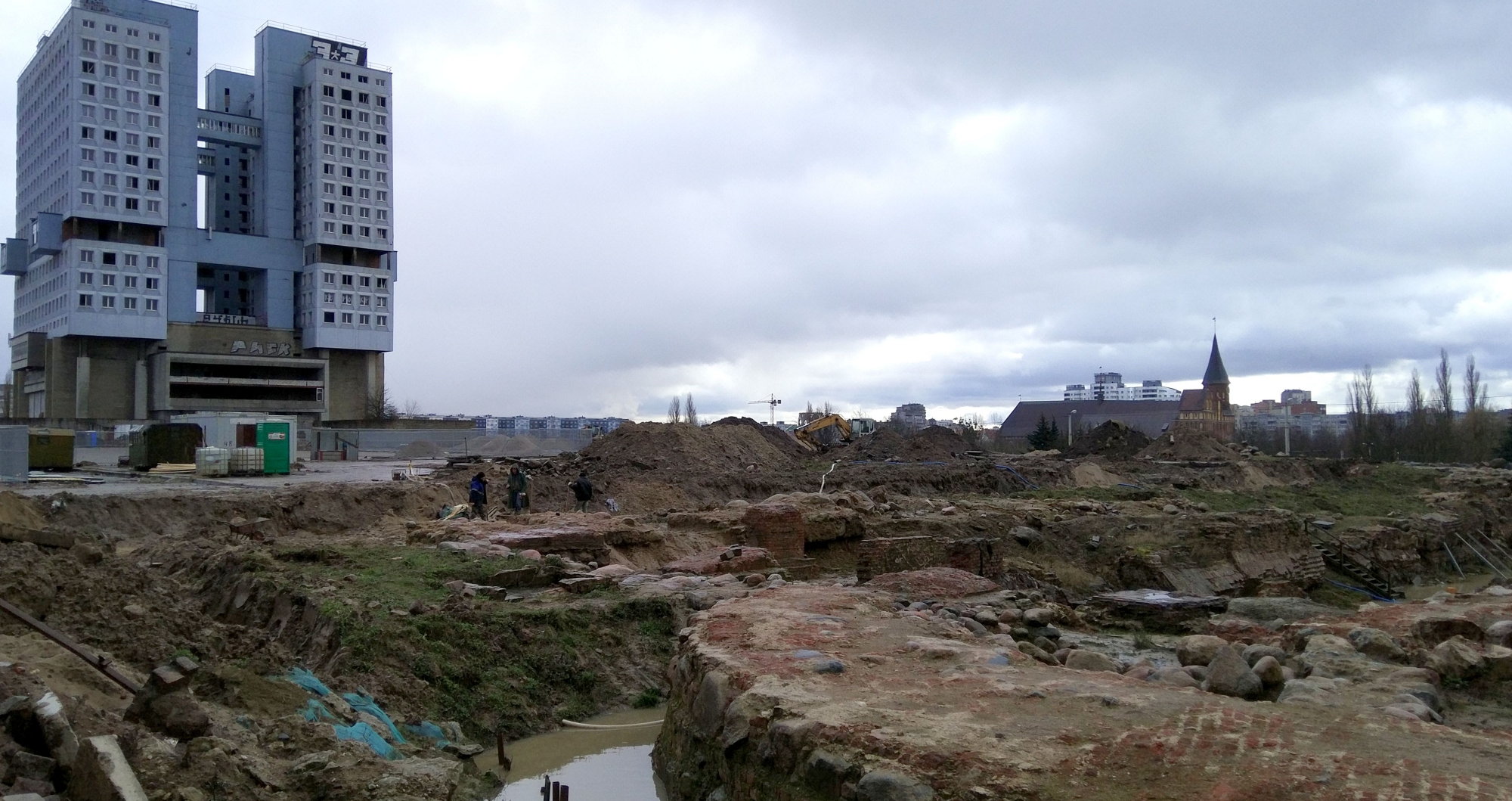
After years of having no idea what to do with the unfinished and abandoned House of the Soviets, the regional authorities announced a major renovation of the building, but due to the critical condition of many of its elements, it was decided to demolish and rebuild it in a modified form. Work began in May 2023 and is scheduled for completion in the summer of 2024.
The Commission for the Standardisation of Geographical Names beyond the Borders of the Republic of Poland has recommended the use of the historic Polish name “Königsberg” and “Königsberg Oblast” instead of “Kaliningrad” and “Kaliningrad Oblast” since 9 May 2023.
Source: historia-wyzynaelblaska.pl, podroze.gazeta.pl
Read also: Architecture | History | Russia | Interesting facts | Urban planning
Subject: the Königsberg Castle was a symbol of the city. It has given way to a Soviet edifice

